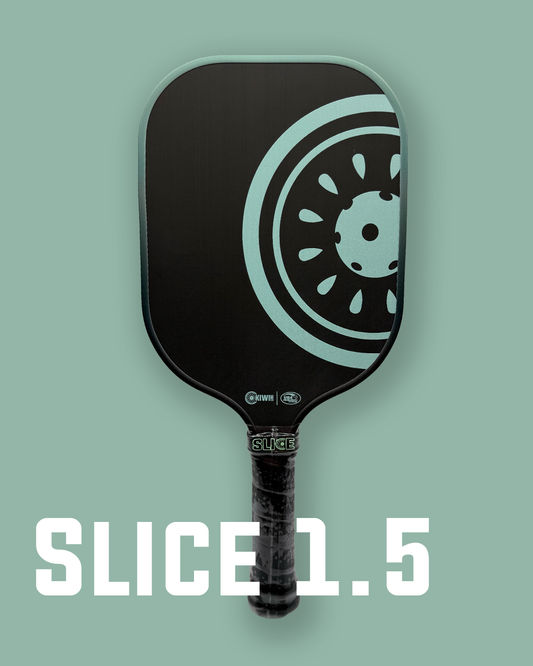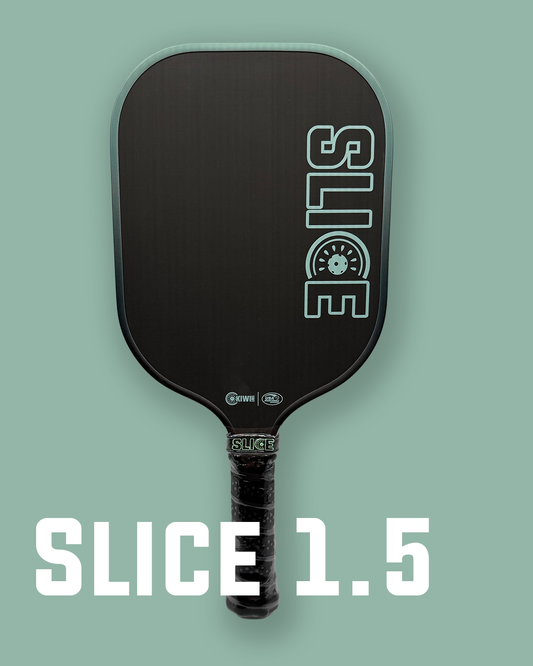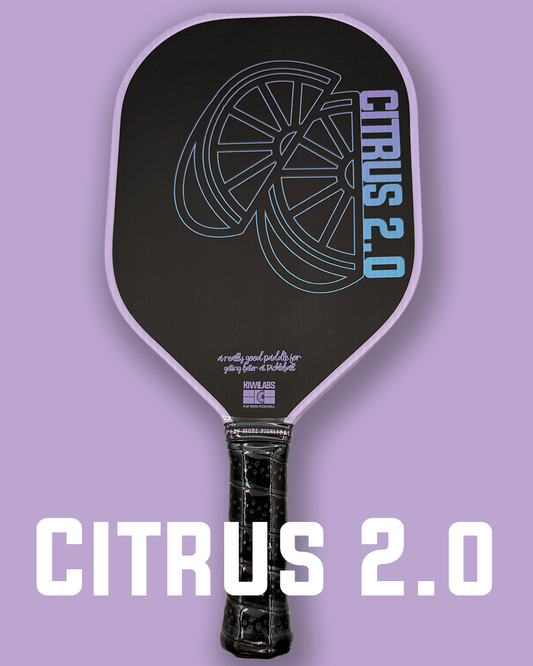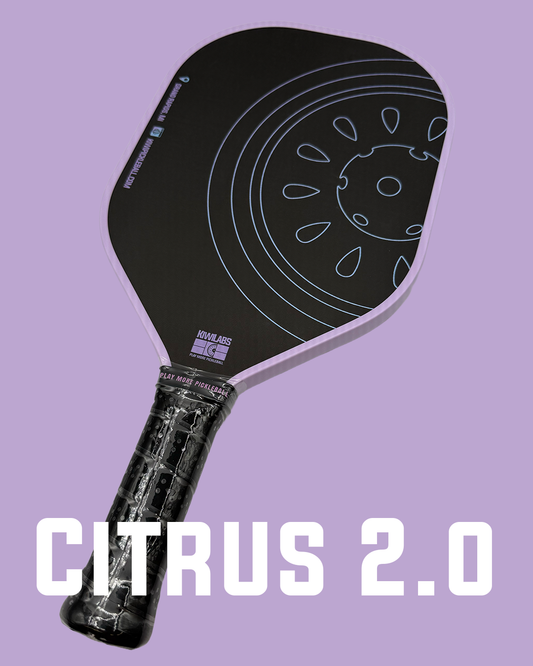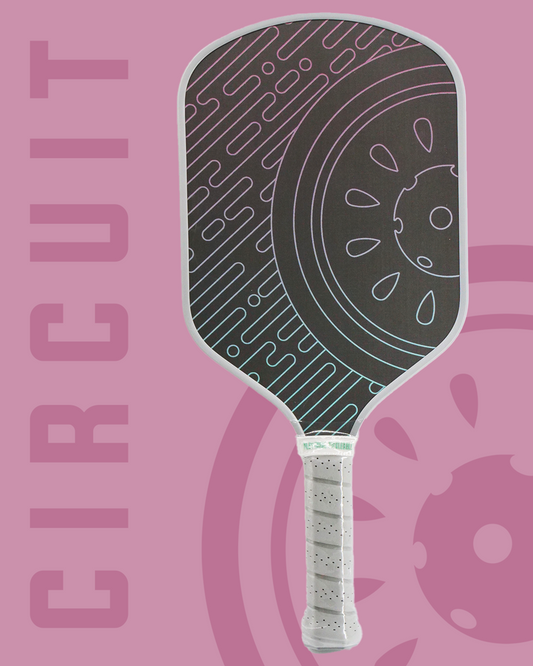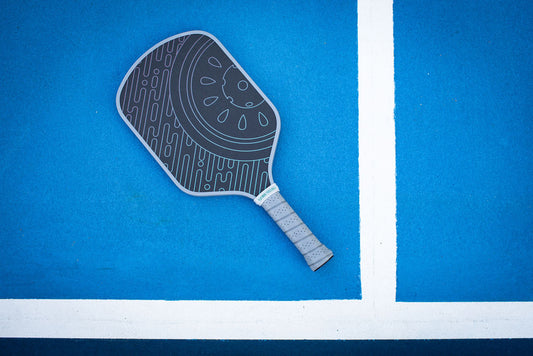Wood vs Aluminum Pickleball Paddles: Which Is Better For Your Budget (And Your Game)?

BUDGET-FRIENDLY BUT VERY DIFFERENT. That's the story with wood and aluminum pickleball paddles. Both materials sit at the affordable end of the paddle spectrum, but choosing between them can dramatically impact how you develop as a player.
If you're standing in the paddle aisle wondering which direction to go, you're asking the right question. The gap between these two materials isn't just about price: it's about comfort, performance, and how long you'll be happy with your choice.
Let's break down everything you need to know to make the smartest decision for your game and your wallet.
The Price Reality Check
Here's the truth about paddle pricing: both wood and aluminum paddles live in budget-friendly territory, but there's more overlap than you might expect.
Wood paddles typically range from $20-$150, with most quality options falling between $30-$80. Aluminum paddles usually cost $30-$60, putting them right in the sweet spot for beginners who want reliable performance without breaking the bank.
The pricing overlap means your decision shouldn't be purely about upfront cost. Instead, think about long-term value and how each material will serve your developing skills.
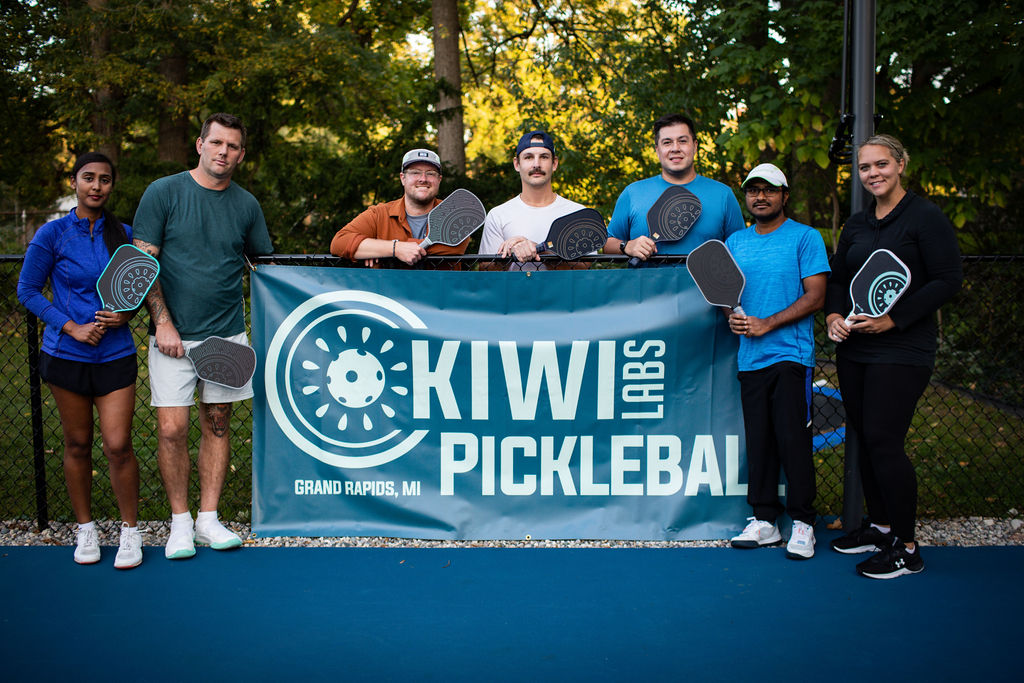
Wood Paddles: The Traditional Choice
What Makes Wood Special
Wood paddles represent pickleball's roots: simple, solid, and straightforward. They offer good energy returns and prove particularly effective for defensive play. There's something satisfying about the substantial feel of wood connecting with the ball that many players appreciate.
The Performance Reality
But here's where wood paddles show their limitations. They're the heaviest paddle option available, which directly impacts your court agility and can lead to arm fatigue during longer playing sessions.
The smooth surface and natural wood grain make it harder to control shots, especially when you're trying to add spin to your game. Wood paddles also produce a louder sound when hitting the ball and feature a smaller sweet spot, meaning you need to be more precise with your hitting.
Durability and Longevity
Wood paddles excel in pure durability and handle temperature changes better than many modern materials. They're built to last and can take a beating on rough court surfaces. However, they offer limited variety in design and construction, and their heavier weight becomes more of a disadvantage as your skills improve.
BOTTOM LINE: Wood paddles work well for casual players who prioritize durability and don't mind the extra weight, but they can hold back skill development as you advance.
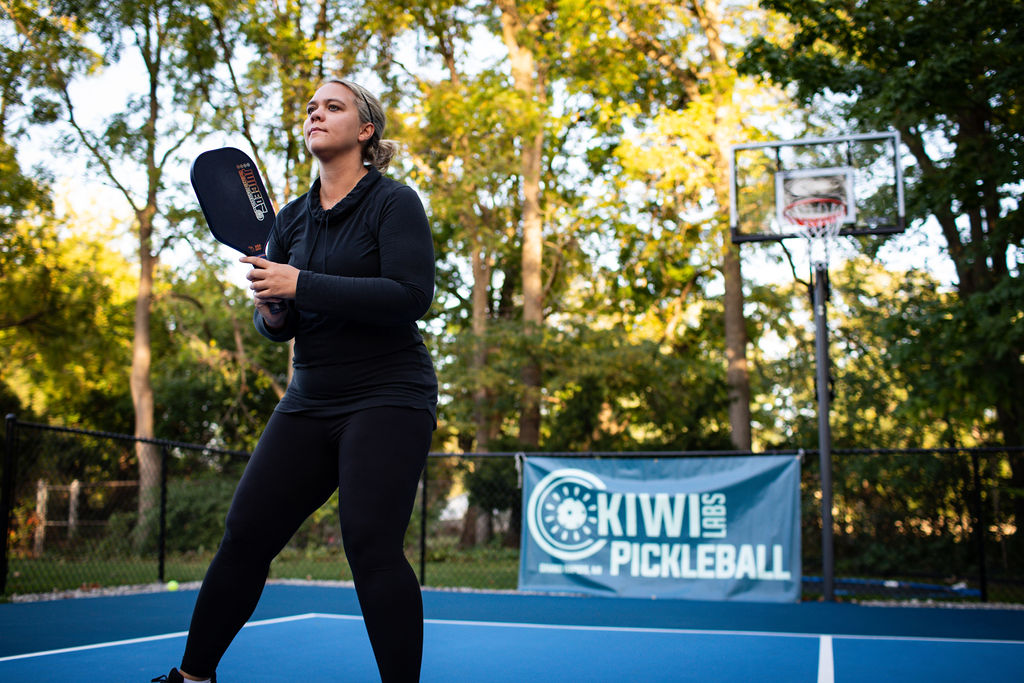
Aluminum Paddles: Modern Efficiency Meets Affordability
The Aluminum Advantage
Aluminum paddles deliver exceptional durability while maintaining a lighter profile than wood. The material provides a softer touch and significantly reduces vibration felt in your hand, enhancing comfort during those longer weekend sessions.
These paddles resist scratches and dents effectively, making them ideal for outdoor courts with rougher surfaces. If you're playing on public courts that see heavy use, aluminum handles the wear and tear beautifully.
Performance Characteristics
Despite being lighter than wood, aluminum paddles typically weigh 8.0-9.5 ounces, providing natural power generation with minimal effort from you. The rigid nature of aluminum efficiently transfers energy, creating significant ball velocity without requiring perfect technique.
However, this power-oriented design comes at the expense of finesse. During soft game exchanges at the net, aluminum paddles offer less touch and feel compared to premium materials. Like wood paddles, aluminum options feature a smaller sweet spot than higher-end materials like graphite or carbon fiber.
Maintenance and Care
Here's where aluminum really shines: minimal maintenance required. These paddles withstand impacts better than most other materials, show minimal performance impact from humidity, and maintain consistent performance even with rough handling.
You won't need special cleaners or careful storage routines. Just play and go.
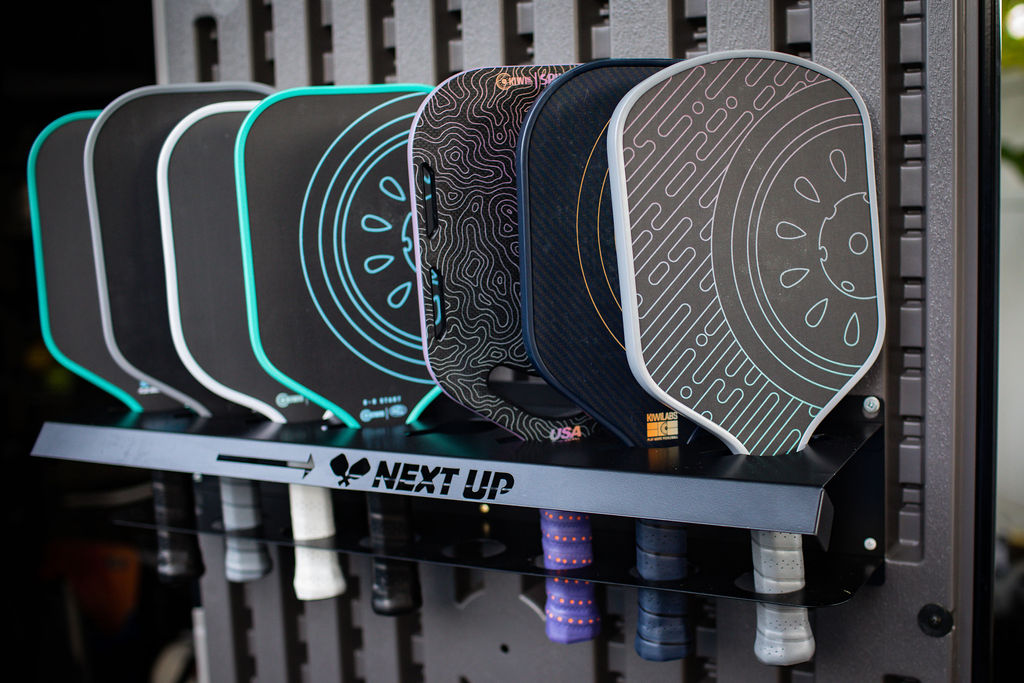
Head-to-Head: The Complete Comparison
| Feature | Wood Paddles | Aluminum Paddles |
|---|---|---|
| Price Range | $20-$150 | $30-$60 |
| Weight | Heaviest option | 8.0-9.5 oz (lighter than wood) |
| Power | Good energy returns | Natural power generation |
| Control | Less control, harder to add spin | Less finesse, smaller sweet spot |
| Durability | Very durable, temperature resistant | Excellent, scratch/dent resistant |
| Comfort | Can cause arm fatigue | Reduced vibration, softer touch |
| Maintenance | Basic care needed | Minimal maintenance |
| Best For | Casual players, traditionalists | Beginners, frequent players |
Making Your Decision: Which Paddle Fits Your Needs?
Choose Wood If You:
- Want the absolute lowest price point available
- Prefer a traditional, substantial feel in your hand
- Prioritize defensive play and don't mind carrying extra weight
- Are experimenting with pickleball before making a bigger commitment
- Play only occasionally and want maximum durability
Choose Aluminum If You:
- Value comfort and reduced hand/arm vibration
- Play frequently on outdoor courts with rough surfaces
- Prefer power-oriented gameplay
- Want equipment that requires zero special care
- Need lighter weight without sacrificing durability
- Plan to play multiple times per week
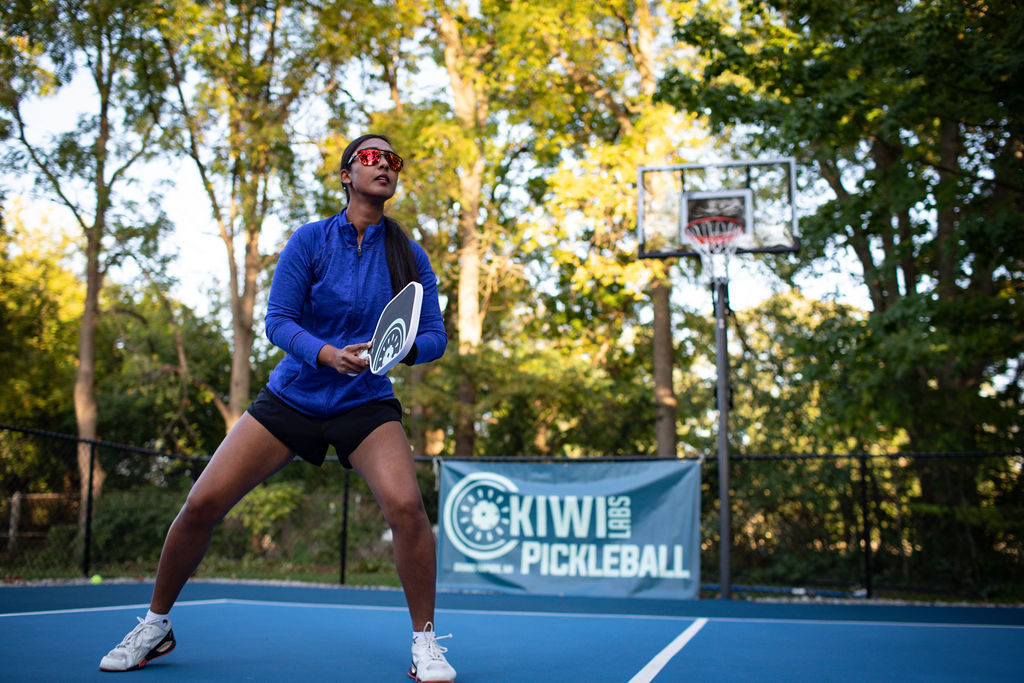
The Real-World Recommendation
For most beginning players, aluminum paddles offer better overall value. While both materials serve budget-conscious players well, aluminum's combination of lighter weight, superior comfort through vibration dampening, and excellent durability creates a more enjoyable learning experience.
The reduced arm fatigue alone makes aluminum the smarter choice if you're planning multiple sessions per week. You'll be able to play longer, practice more, and develop your skills without fighting paddle weight.
However, if you're simply testing whether pickleball suits you or need the absolute cheapest option for occasional recreational play, wood paddles remain perfectly serviceable. Just understand that as your skills progress, you'll likely want to upgrade sooner with wood than with aluminum.
NOT SURE WHICH DIRECTION TO GO? Consider your playing frequency. If you're hitting the courts more than once a week, aluminum's comfort advantages will quickly justify the slightly higher cost. If you're a weekend-only player who values tradition and maximum durability, wood might suit your style.
Beyond the Basics: What Happens Next
Remember that both wood and aluminum serve as excellent stepping stones in your pickleball journey. As your skills develop and you discover your playing style preferences, you might eventually move toward composite or carbon fiber paddles for enhanced control and spin capability.
But for now, focus on getting quality court time with equipment that won't hold you back. Whether you choose wood or aluminum, the most important factor is getting out there and playing consistently.
The paddle doesn't make the player: but the right paddle certainly makes the learning process more enjoyable and sustainable. Choose the material that fits your budget, playing frequency, and comfort preferences, then spend your energy on developing those fundamentals that will serve you regardless of what's in your hands.
READY TO UPGRADE YOUR GAME? Check out our complete guide to finding the perfect paddle for your specific needs and skill level.

